Why Traceability Will Define the Next Generation of Fashion Labels
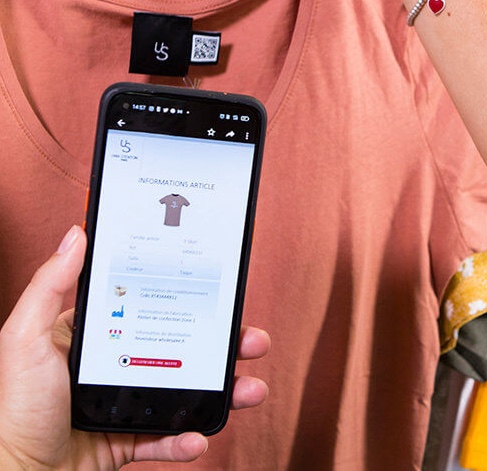
08-10-2025
Imagine walking into a store, picking up a sweater, and finding evidence of its journey: where the cotton was grown, who spun the yarn, where it was dyed, and what kind of environmental and social standards were upheld at every step. Not just vague claims on a tag (“ethically made,” “sustainable materials”), but real, verifiable traceability. This isn’t just a fad it’s fast becoming a non-negotiable for the next wave of fashion labels. Here’s why…explores Nicole Batelo
1. A Shift in Consumer Consciousness
In the past decade, consumers have become deeply aware that every garment carries with it a story not only of design and craftsmanship, but of impact. We care now about:
- Environmental cost: Water use, chemical dyes, carbon emissions.
- Labour practices: Fair wages, safe conditions, humane treatment.
- Origins: Where raw materials come from are those farms using pesticides? Are they respecting biodiversity?
People aren’t satisfied with vague promises anymore. They want proof. A traceability model where each step of the supply chain is transparent offers that proof. Brands that can show the full story gain trust, loyalty, and often justify premium pricing. Those that cannot may be left behind.
2. Regulatory and Industry Pressure
It’s not only consumers exerting pressure. Governments, NGOs, and international bodies are increasingly mandating or promoting transparency.
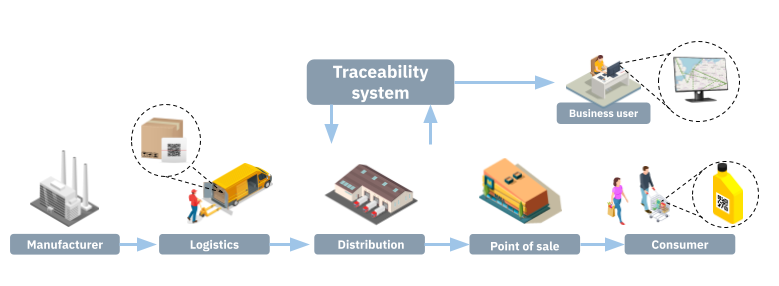
- Regulations in many regions are tightening: for example laws around supply chain disclosure, environmental impact reporting, and social compliance.
- Certifications (Fair Trade, GOTS, B-Corp, etc.) often require traceable proof of processes. Brands that want these badges must have systems in place to track their materials and production.
- Risk management: Brands know that scandals child labour, environmental damage, toxic runoff can cost reputational damage, legal trouble, and lost revenue. Traceability allows for early detection and prevention, rather than scrambling to contain fallout after the public finds out.
So there’s a legal and ethical imperative. It’s no longer optional for long-term brands hoping to remain relevant and unblemished.
3. Innovation in Technology Makes It Possible
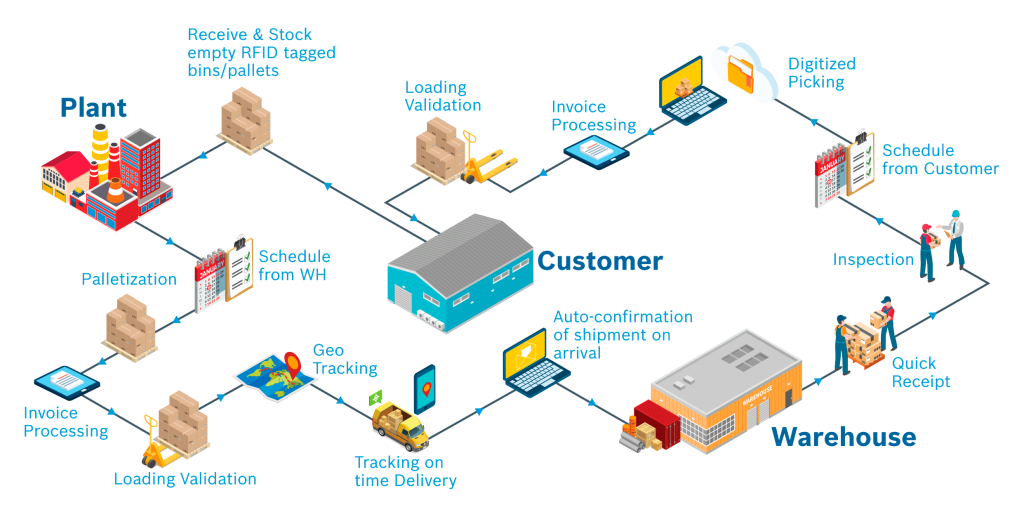
Ten years ago, full traceability across every stage of production was possible only for luxury brands or niche ethical lines, and often at great cost. Today, innovations make this increasingly accessible:
- Blockchain: Used to create immutable digital records that verify each step of raw material, factory, shipping.
- IoT and sensors: To monitor environmental conditions (temperature, humidity, chemical exposure) during storage or transport.
- Digital tagging (RFID, QR codes, NFC): Allow end consumers to scan a shirt or pair of shoes and trace its origin farm → factory → logistics → finishing.
- Data platforms and supply chain management tools: Software that integrates suppliers, audits, certificates, labour standards, environmental metrics.
Because of these tools, traceability is no longer a boutique luxury; it can become a baseline standard even for mid-range labels, if they adapt early.
4. Competitive Advantage and Brand Differentiation
Brands that offer transparency don’t just do it for moral or regulatory reasons they gain tangible market advantages.
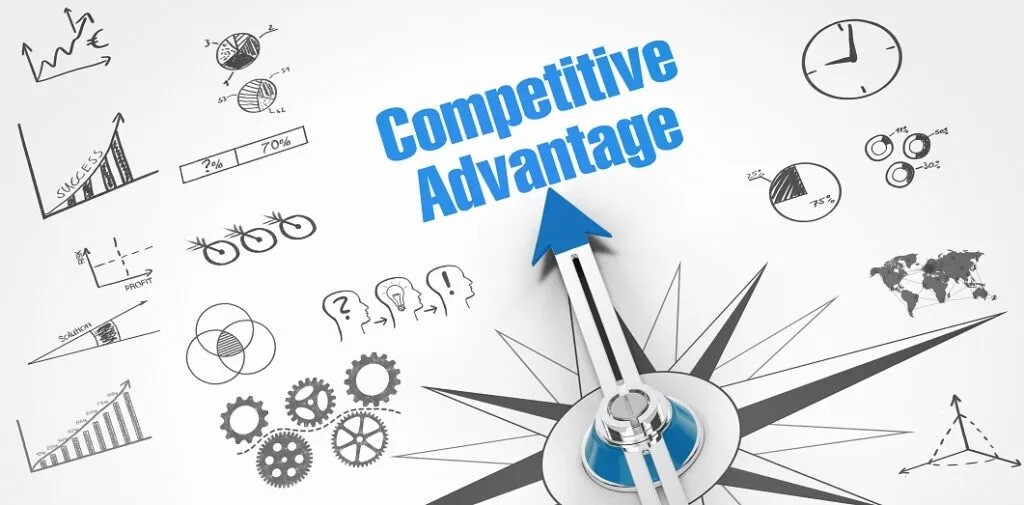
- Differentiation: When many labels look similar in styles or price, a truly traceable supply chain becomes a powerful point of difference. It’s part of a brand’s story something customers can emotionally connect with.
- Loyalty: Consumers tend to stick with brands whose values align with theirs, especially when trust is involved. If I believe my clothes are produced ethically and sustainably, I’m more likely to repurchase and recommend.
- Pricing power: Goods with verified sustainable and ethical practices can justify premium pricing. Many customers are willing, sometimes eager to spend more for something that doesn’t cost the earth (literally and figuratively).
- Faster response to trends & disruptions: With better data in the supply chain, brands can spot bottlenecks or issues more quickly whether that’s scarcity of materials, delays, or ethical issues and adjust. This agility becomes a competitive strength.
5. Environmental Imperative
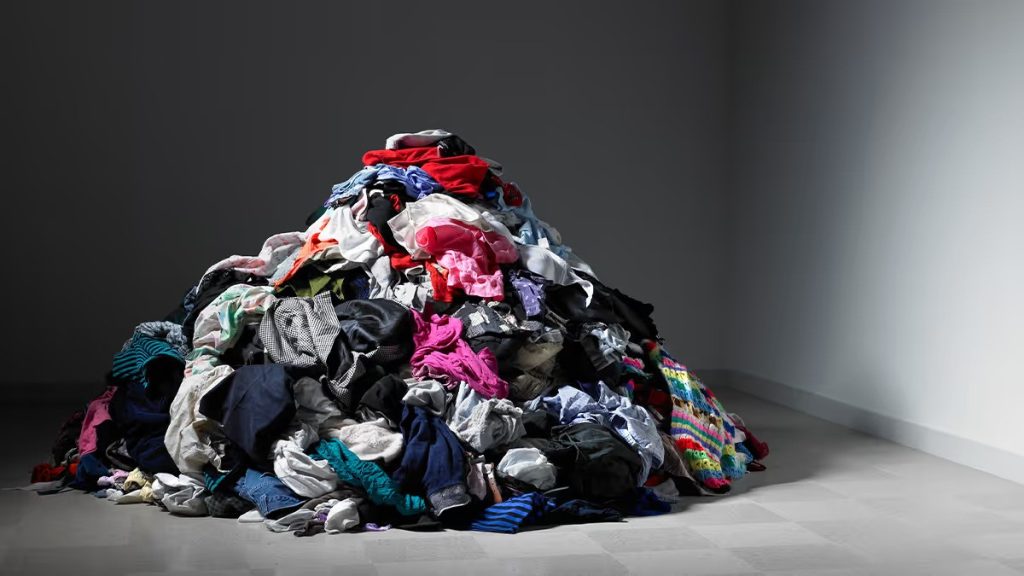
The fashion industry has for years been one of the major polluters: water pollution from dyes, carbon emissions from shipping and production, waste from fast fashion, exploitation of natural resources. Traceability allows brands to:
- Measure environmental impact reliably how much water, energy, chemicals, etc.
- Identify weak points in the supply chain where improvement (or transformation) is needed. Maybe a supplier is using an especially polluting dye, or shipping routes are inefficient.
- Reduce waste by optimizing manufacturing, returns, and unsold inventory if you know exactly what’s happening where, you can plan better.
- Support regenerative or circular approaches: traceability makes it easier to implement take-back schemes, recycling systems, and to verify that recycled or upcycled materials are what you claim.
In short: traceability is a key tool to move from “fast, cheap fashion” toward “durable, responsible, sustainable fashion.”
6. Socio-economic and Ethical Dimensions
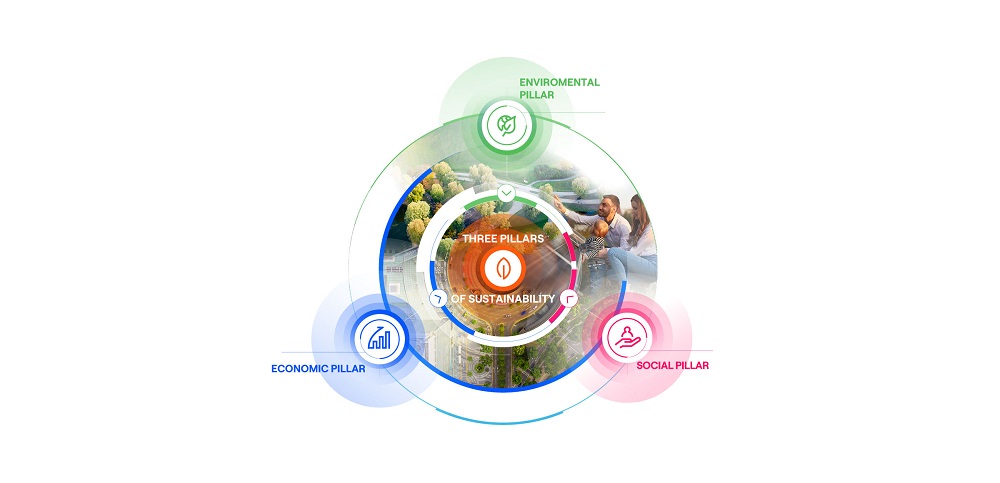
Traceability isn’t just about materials, it’s about people.
- Safe working conditions, fair wages, respecting human rights, knowing who contributes to your garment, under what conditions, is foundational to an ethical brand.
- Community impact: Many supply chains stretch into rural or economically vulnerable regions. Traceability offers the ability to ensure that producers or farmers are being treated fairly, earning enough to reinvest in their lives.
- Cultural legitimacy and fairness: Many brands borrow styles, designs, or traditional craftsmanship from indigenous or local communities. Traceability can help ensure credit goes where it’s due, that communities are compensated, and that intellectual and cultural properties are respected.
7. Transparency Builds Trust in an Age of Skepticism
We live in an era of greenwashing. Terms like “sustainable,” “ethical,” “made responsibly” are easy to misapply (or misrepresent). When consumers see those labels, many now ask “prove it.”
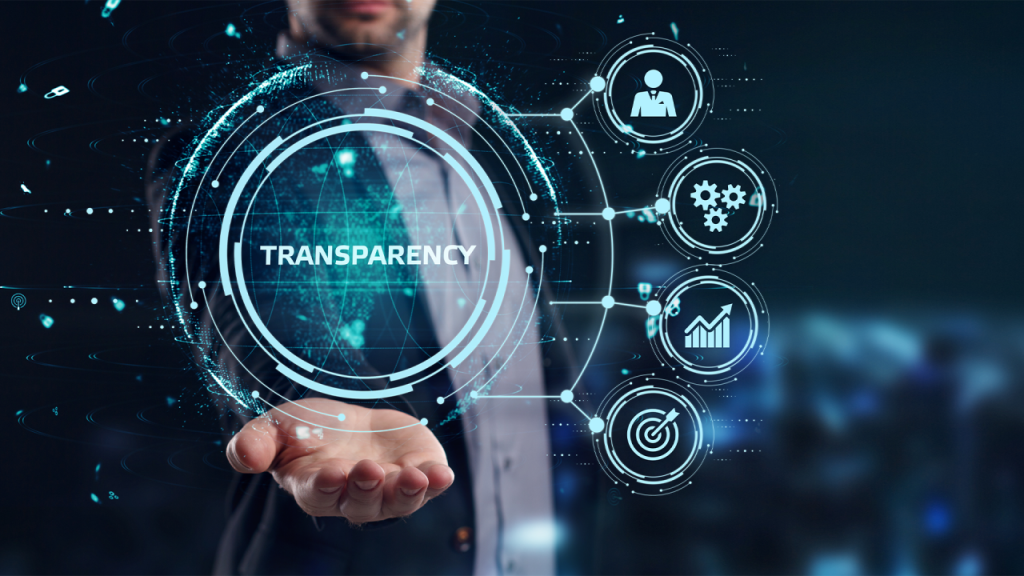
Traceability shifts the conversation. Instead of potentially vague marketing claims, brands can show data, chain of custody, third-party audit reports. Consumer reviews, digital tagging, open supplier lists: these give brands credibility.
When brands are open even about their challenges they earn deeper respect. Transparency isn’t just showing the successes; it’s also acknowledging where you’re improving. And that is powerful.
8. The Future of Fashion Labels: What Change Will Look Like
Putting all this together, here’s how I envision the next generation of fashion labels will operate differently with traceability at the core:
| Characteristic | What Old Labels Often Did | What Traceable Labels Will Do |
| Supply Chain Visibility | A few tiers, but many unknowns beyond “factory” | Full mapping—raw materials, sub-contractors, chemicals, transport, finishing |
| Customer Engagement | Marketing focused on style/look | Storytelling about origin, process, people; interactive tools (scan-to-trace) |
| Environmental Footprint | Estimates, vague targets | Quantified metrics, concrete improvement projects, verified impact |
| Ethical Standards | Codes of conduct “on paper” | Regular audits, supplier accountability, fair wages and rights documented |
| Design and Materials | Mass sourced, cheapest options | Material innovation, regenerative farming, upcycling, carefully curated sourcing |
9. Challenges and What It Will Take to Get There
Of course, traceability is not magic. Transitioning fully will involve hurdles but many are surmountable.
- Cost and Scalability: Setting up traceability systems, auditing suppliers, implementing technology isn’t free. Smaller brands may find it hard. But as more brands demand traceability, services and infrastructure will scale, costs will drop.
- Supply Chain Complexity: Many supply chains are opaque because of multiple subcontractors, informal suppliers, or informal economies. Getting a clear line from farm or mine to factory to store means convincing many actors to participate and share data.
- Technology Barriers: Digital infrastructure, data security, standardization these are nontrivial problems. What standards will be trusted? How to avoid fraud or misreporting? But here again, early adopters and platforms are paving the way.
- Consumer Education: Not all customers yet understand what traceability means, or how to read labels, QR codes, etc. Brands will need to invest in storytelling, transparency, and clarity not just in supply chains, but in communicating what all this means.
10. Why Now Is the Moment
Why are we at this tipping point? Because three forces are converging:
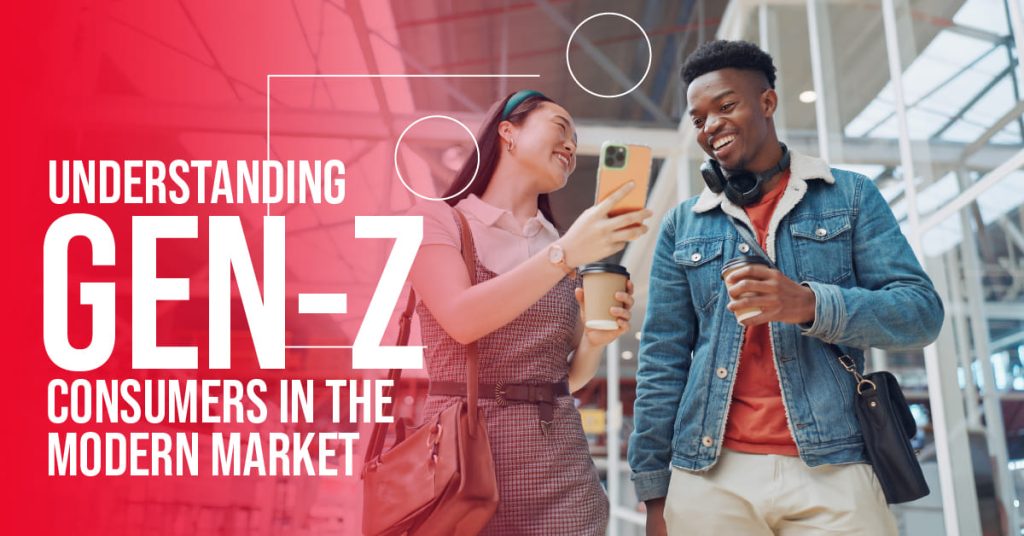
- Consumer demand: Millennials and Gen Z are growing up not just wanting style, they want identity, values, and alignment. Who made this? Under what conditions? What’s our footprint?
- Technological maturity: Tools like blockchain, IoT, supply-chain management software, sensors, etc., are becoming more affordable, more widespread.
- Regulatory and global pressure: Climate change, labour rights, environmental disasters these force action. Governments are increasingly making laws that require transparency. Investors and financial markets are looking at ESG (Environmental, Social, Governance) metrics. Brands with poor traceability may face capital risk.
Conclusion
Traceability won’t just be a trend, it will define which fashion labels survive, which grow, and which meaningfully contribute to a healthier planet and fairer human systems. The labels that embed traceability into their DNA not as a checkbox, not as marketing lip service, but as an operating principle will be the ones that earn trust, inspire loyalty, reduce harm, and thrive.
If you’re a designer, a brand-builder, or just someone who loves fashion, pay attention: the clothes of tomorrow will carry stories, not secrets. And it’s in those stories of soil and seed, of hands and dyes that the next generation of fashion will truly shine.
About Author: Nicole Batelo is a fashion stylist with a passion for timeless statement-making mens leather jackets. She collaborates with Real Leather Garments to curate style-forward looks that blend classic craftsmanship with modern edge.























